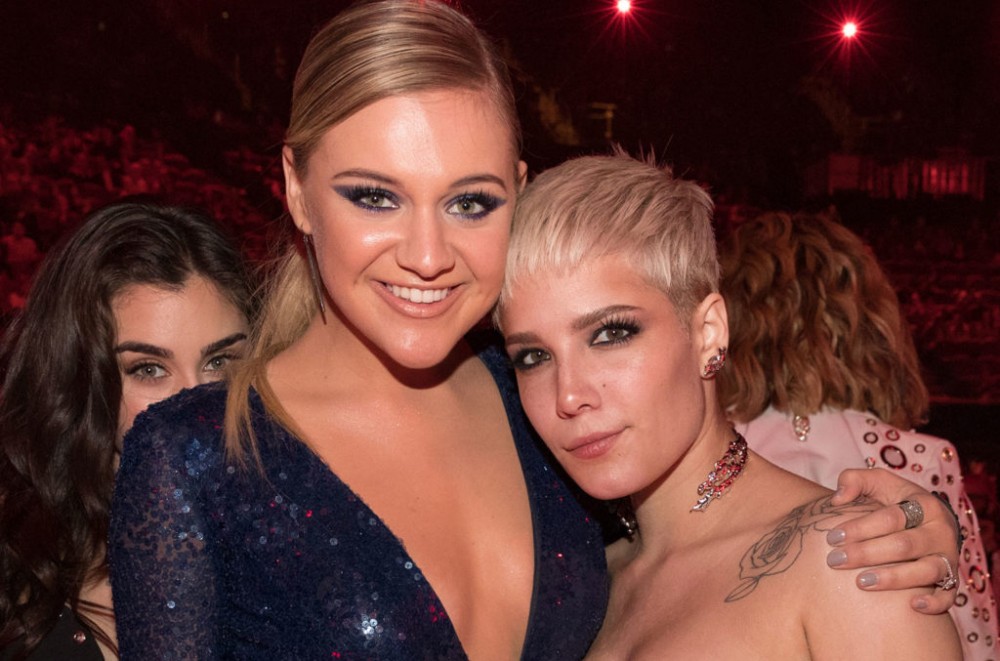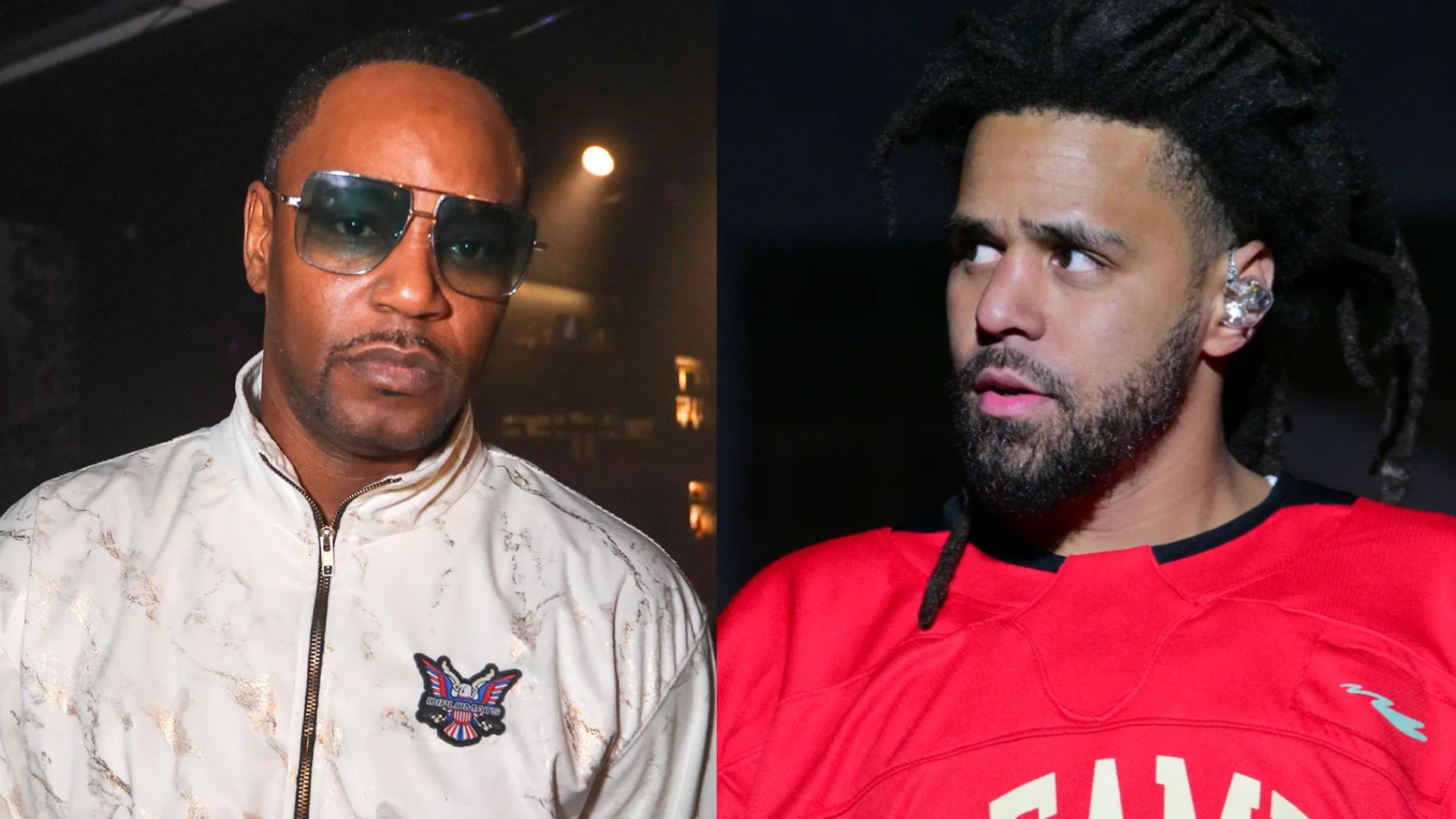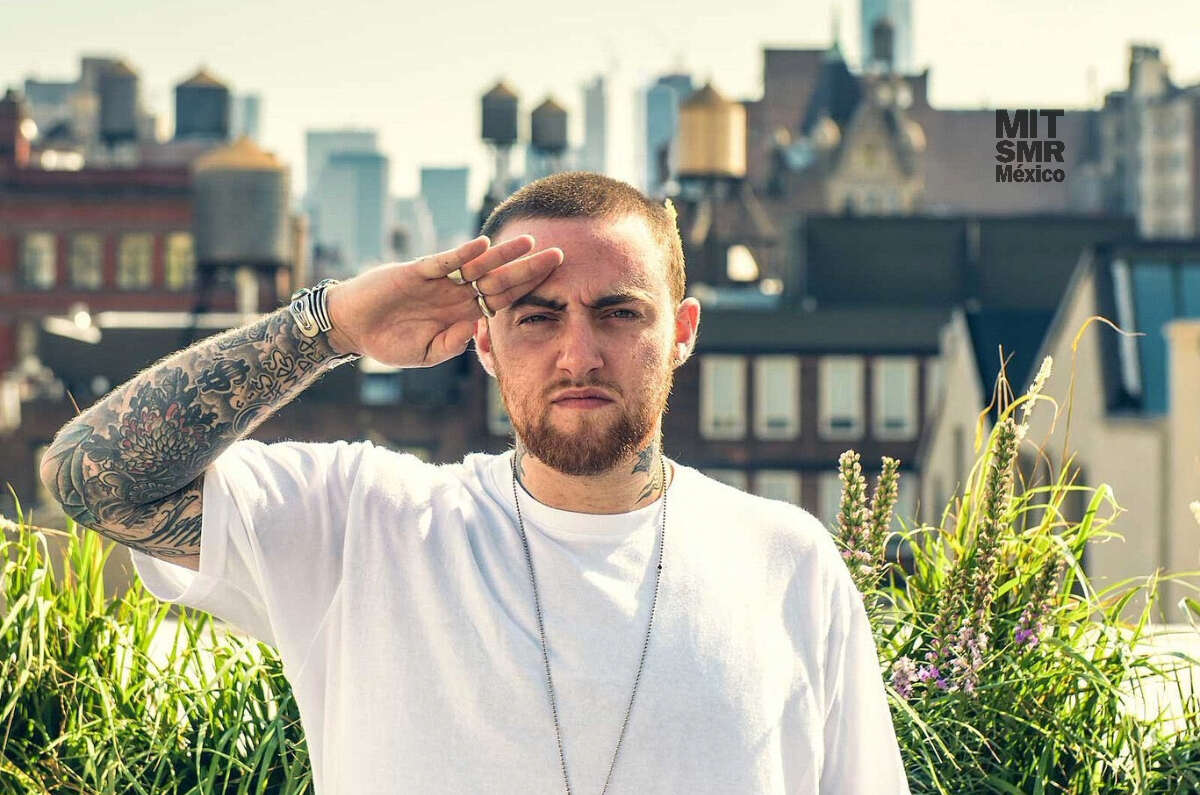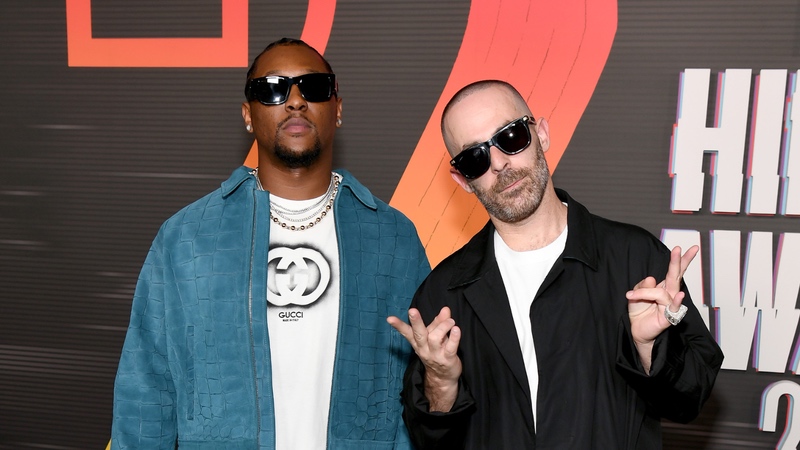Country is by definition a form of popular music, but the modern version has popped up even more.
Artists from other genres are seemingly working with country acts in greater numbers than ever, and a flurry of activity surrounding the past weekend underscored the trend:
• Gabby Barrett unveiled an alternate version of “I Hope” featuring pop singer-songwriter-producer Charlie Puth on April 17.
• EDM artist Diplo issued a collaboration with Blanco Brown, “Do Si Do,” on April 17 while announcing the May 29 release of a country-themed album, Diplo Presents Thomas Wesley Chapter 1: Snake Oil, featuring Cam, Zac Brown, Danielle Bradbery and Thomas Rhett.
• Maren Morris and Hozier teamed on April 18 for an online performance of “The Bones” during the Global Citizen One World: Together at Home concert special.
• Kelsea Ballerini and Halsey officially asked for adds from country radio on April 20 for a new single, “the other girl.”
The trend is more intense atop the Country Airplay charts. The Puth collaboration enhances Barrett’s No. 1 single (see On The Charts, page 5); Blake Shelton and pop/rock vocalist Gwen Stefani rank No. 2 with “Nobody But You”; Brett Young, who is at No. 3 with “Catch,” is simultaneously working “I Do,” a tech-driven duet with European pop singer Astrid S; and Morgan Wallen, whose “Chasin’ You” is No. 4, already has snagged a gold single from the RIAA for “Heartless,” which is featured on that forthcoming Diplo album.
“My music is on the redneck side of things,” says Wallen, drawing a comparison with the pop percussion in “Heartless.” “But me and my buddies back home, we listened to old-school country music, we listened to old country/rock, but sometimes we’ll turn on hip-hop. We don’t really think about it like, ‘Oh man, you’re not country anymore.’ A guy] about to go get on a tractor, that dude’s definitely country.”
The pop invasion is particularly evident in the current Academy of Country Music Awards storyline. Dan + Shay‘s duet with Justin Bieber, “10,000 Hours,” appears in three categories on the ballot, including music event of the year, where the competition includes the 11-times-platinum “Old Town Road” by Lil Nas X and Billy Ray Cyrus. When the coronavirus shutdown forced the postponement of the ACMs, CBS replaced it in the April 5 lineup with ACM Presents: Our Country, featuring the first live performance of a John Legend/Kane Brown cowrite, “Last Time I Say Sorry,” a piece that blends country’s lyrical approach with a pop-leaning chord structure.
“I’ve never bought into segregating genres so rigidly,” says Legend. “Music is music. Music is universal, and a lot of the things we talk about in our songs — love, loss, regret, jealousy — are universal themes.”
However, marketers have separated music into different silos, in part to help identify and classify sonic textures. R&B fought an uphill battle against the mainstream for decades — controversy swirled, for example, in the early ’80s when MTV initially paid little attention to massive hits by Prince and Michael Jackson — and country has typically received short shrift thanks to early stereotypes of the genre as backward or hayseed.
Perceptions of country’s limitations have changed greatly in the 21st century, as documented in the 18-year-old CMT Crossroads series. Most of the series’ early pairings — such as Hank Williams Jr. and Kid Rock, Willie Nelson and Sheryl Crow or Brooks & Dunn and ZZ Top — were easily explained.
Some of the more recent editions — Chris Young and Gavin DeGraw, Luke Combs and Leon Bridges or Kacey Musgraves and Katy Perry — have been less obvious and frequently more satisfying.
“Because the genre has expanded and is as big as it is right now, it has opened up a lot of doors to a lot of different artists and different genres that want to come in and do these episodes] with our artists,” says CMT vp music and event production Margaret Comeaux.
CMT is not the only network that has aided the shift in collaborations. The music contests — led by NBC’s The Voice and ABC’s American Idol — have provided country more primetime exposure than it has received in decades, and it has made it easier for the genre’s artists to find common ground with their non-country peers. Ballerini cowrote with a pop artist for the first time in the midst of production in Los Angeles on ABC’s 2016 summer series Greatest Hits. Legend and Brown, who already shared the same stylist, crossed paths when Brown was a guest on The Voice, where Legend is one of the coaches. Those cross-genre pairings enhance the marketing opportunity that TV provides.
“One of the things collaborating does is it gives you exposure to fans who may not normally hear your music,” asserts Brown. “And it gives people not familiar with country music an idea of how wide and diverse the genre of country is and can be. It’s not just one thing.”
Country traditionalists have historically tried to discourage their artists from these sorts of collaborations, though plenty of crossover pairings have worked in previous eras, including Willie Nelson and Julio Iglesias, Alabama and Lionel Richie, Kenny Rogers and Sheena Easton, and Earl Thomas Conley and Bonnie Pointer. Ballerini and Brown have both felt the sting of hardcore dissent, though it’s not nearly as prominent as it once was.
In fact, media strategist Mark Ramsey unveiled a study during the Country Radio Seminar in February indicating that while country programmers believe their listeners want fewer cross-genre collaborations, the fans themselves actually would like to hear more. Program directors, it seems, expected pushback from fans when Bebe Rexha or Backstreet Boys showed up on their stations. But the fact that they were accompanied by Florida Georgia Line made it OK.
“The presence of country artists legitimizes the presence of other artists,” surmised Ramsey. Additionally, those pop appearances are helping the format maintain always-valued variety.
“Right now, country radio is really trending very country — like, you’re hearing more throwback ’90s-sounding country right now,” says Ballerini. “It’s those big pop collaborations that are breaking up that trend a little bit.”
For the pop artists, it’s an intriguing way to expand their audiences.
“I’ve never been on country radio,” said Puth during an Amazon Live chat with Barrett in conjunction with the new version of “I Hope.” “So this is an exciting thing, right? Because it’s diving into an area that I’ve never been to before.”
But country radio is often not the driver when its artists seek alliances outside the genre. Singles frequently take 35-40 weeks to complete their chart run on Country Airplay. While those songs advance slowly, avid fans want more music from their favorite artists. They’re able to find it through other platforms, and those platforms are less concerned with idiomatic constraints.
“Streaming makes it so you can release these one-off collabs outside of an album, where it might not fit as well with the other album tracks,” says Legend. “Streaming frees up artists to experiment with different release timing, new combinations, etc. And streaming also gives our audience more freedom to try new things.”
No matter where those collaborations find footing, that sense of newness and experimentation they provide is likely to keep the new generation of country artists inspired.
“I never want to be put into any box,” says Brown. “I want to challenge myself and create music I like and that my fans will love. Good music is just good music, and I think my fans support that and think that, too.”
This article first appeared in the weekly Billboard Country Update newsletter. Click here to subscribe for free.



